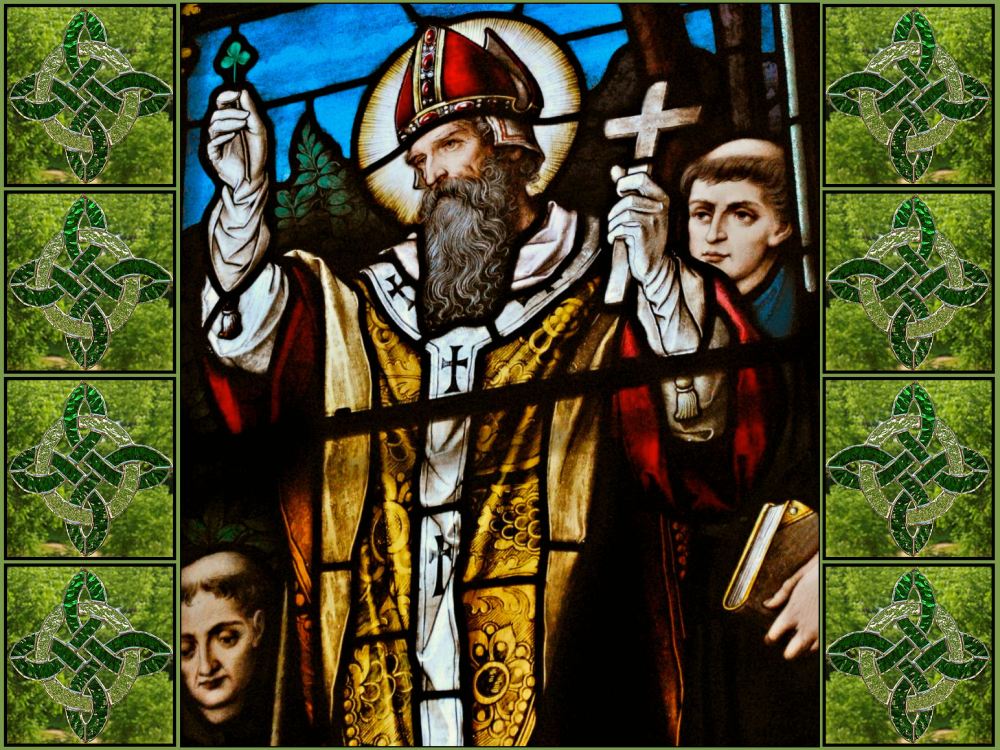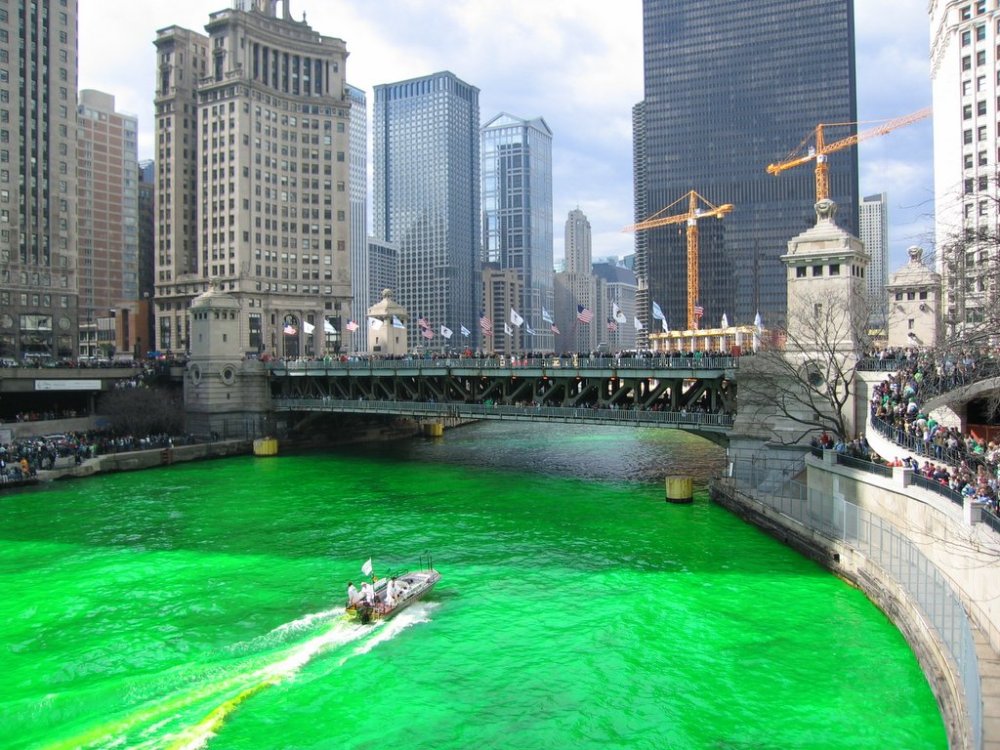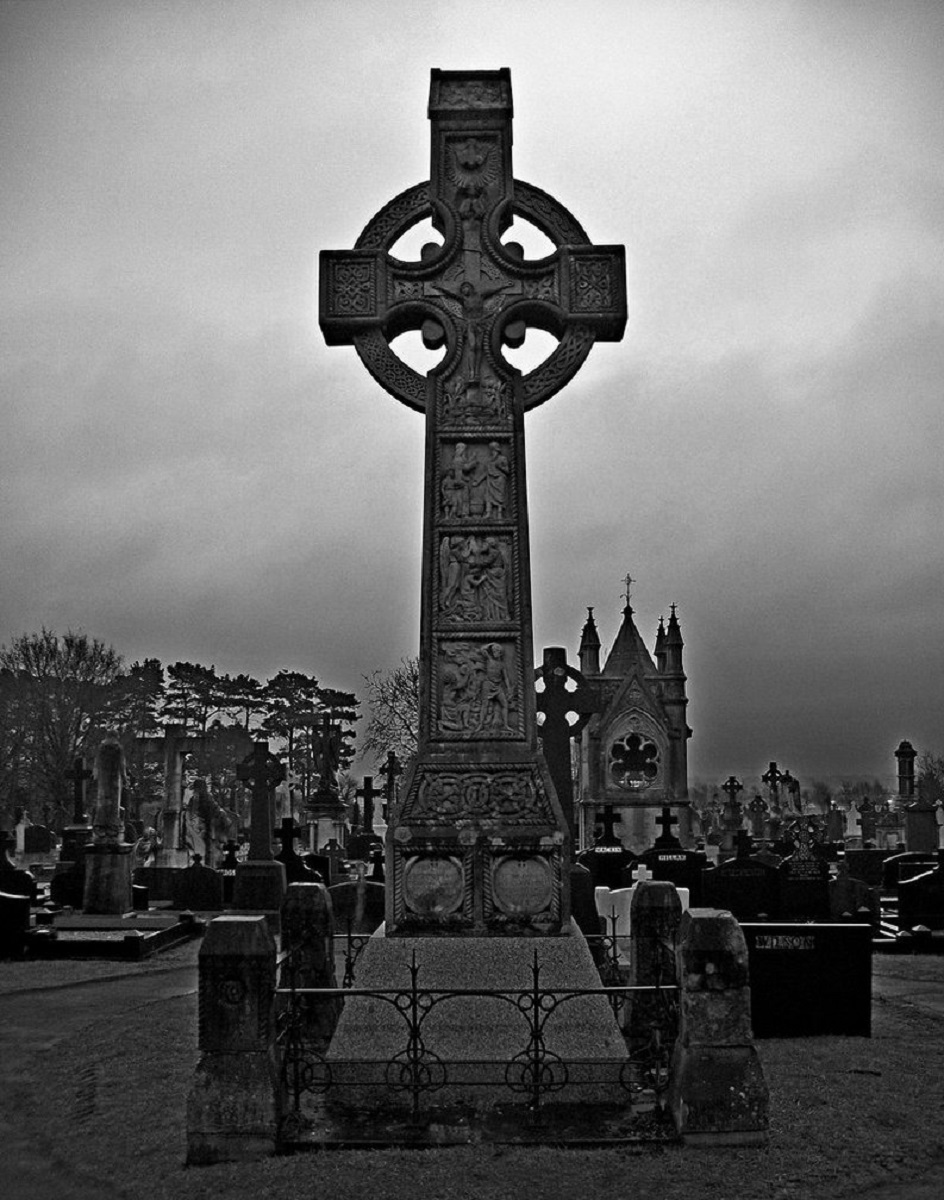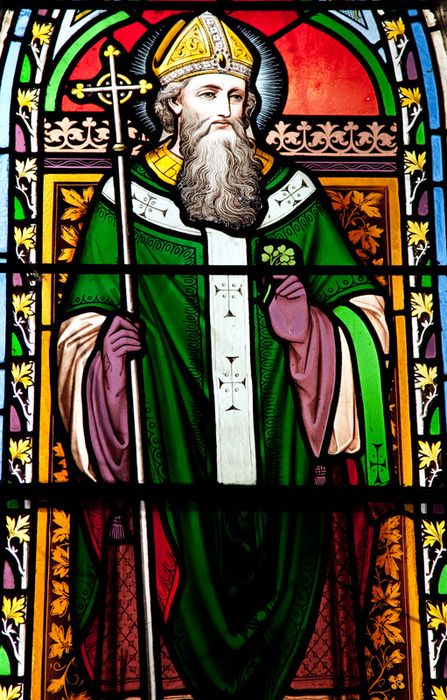
The holiday known as St. Patrick’s Day is much more than just rowdy leprechauns and even rowdier parade goers – March 17th celebrates the life of an actual man whose exemplary deeds and actions elevated him to sainthood.
Hibernophile. Celtophile. Gallophile.
The terms above refer to those who admire any and all things related to the Emerald Isle along with its customs and traditions. Officially, everyone is honorarily Irish every March 17th but how much do Irish Americans really know about St. Patrick’s Day, even those who profess to be true Hiberno/Celt/and Gallophiles?
As we shall see, there’s a wee bit more behind St. Paddy’s Day than just an excuse to dye one’s hair that perfect shade of Kelly green or slam down the most pints of Guinness more than any other intoxicated fool at your local pub.

With anything considered to be ancient and/or traditional, the proof of the Irish pudding lies within the source and for this holiday in particular, we must look at the core foundation behind St. Patrick’s Day, that being St. Patrick, himself.
So test your Irish knowledge by honestly answering to the best of your abilities the following True/False questions.
And those who feel the need to peek risk summoning anything BUT the luck of the Irish.
1.) St. Patrick wasn’t Irish.

True. The man venerated as St. Patrick was born in the 5th century in Northern England, near the Scottish border. As a teenager, he was captured by marauding pirates and used as slave trade when the ship landed on the coast of Ireland. Young Patrick found himself situated on the Emerald Isle when he was sold as a slave to an Irish Chieftan and shepherded his flocks for 6 years before escaping.
2.) March 17th marks the birth of St. Patrick.

False. The 17th of March actually marks St. Patrick’s date of death. In Ireland, the date is observed as both a religious and cultural holiday, where Irish Catholics are obligated to attend church that day.
3.) St. Patrick used the shamrock as a teaching tool to explain the mystery of the Holy Trinity.

False (kind of). Modern day scholars go so far as to say the correct answer is actually False, due to there being no tangible proof of Patrick incorporating the use of the shamrock, or green clover, to represent the Holy Trinity in order to convert ancient Ireland’s pagans and druids to Christianity. However, when considering anything based in antiquity, one must look at the full synthesis of art and culture versus the existence of strictly documented proof. As seen in the picture above, numerous images and statues of St. Patrick depict him holding the shamrock between his thumb and middle finger, where the hand is used as a teaching tool. So short answer without any overall foresight is False but your Author says, TRUE.
4.) Reptilian Belly Crawlers (aka Snakes) can nowhere be found within the green grass of the Emerald Isle due to St. Patrick casting them out of Ireland.

False. Despite the legend of St. Patrick driving every snake out of Ireland into the sea, anthropologists state that snakes have never existed on the Emerald Isle. Ireland is one of only a handful of places worldwide—including New Zealand, Iceland, Greenland, and Antarctica where snakes do not make their presence known.
Nigel Monaghan, head of Natural History at Ireland’s National Museum has studied vast amounts of fossils of Irish animals leading him to conclude, “At no time has there ever been any suggestion of snakes in Ireland, leaving nothing for St. Patrick to banish.”
Theories as to how the legend came about revolve around the vilification of snakes. The snake has not only been associated with both Satan and Man’s downfall by being blamed for sweet talking Eve into temptation, the reptile was also extensively used in ancient pagan rituals. With that in mind, it seems as if St. Patrick’s best hope was to drive paganism, and not a non-existent animal completely off the face of his adopted country.
5.) The Celtic Cross was designed by St. Patrick.

True. Unlike the shamrock controversy, the Celtic Cross has proof of St. Patrick designing it. The Irish Bishop’s reasoning for the Celtic Cross’ creation was rather snake-like unto itself, given Patrick behaved like quite the slick salesman by taking the imagery associated with the Druidic worship of the Sun and combining it with the iconography of Christ’s cross of crucifixion.
Regardless of how you fared on St. Patrick’s quiz, hopefully some extra knowledge was gained about the man whose commemorative feast day is also quite the festive holiday which takes place with yearly regularity around the world every mid-March.
But before breaking out your best “Riverdance” jig kick, a last little lesson. Please repeat the following:
Beannachtaí na Féile Pádraig oraibh.
Pronounced “ban-ock-tee na fay-lah paw-drig ur-iv”, the above is a phrase said in the Emerald Isle’s native language of Gaelic and translates to:
“St. Patrick’s Day Blessings to You.”

HAPPY ST. PATRICK’S DAY!
*Dedicated to my mother, Patricia Cooney Kronen who as a little girl was told she had “the map of Ireland on her face.”
**Brad Kronen has a wide variety of books he has written, including one on St. Paddy’s Day along with other not so well known holidays that also serve as religious holy days. Entitled “The Astrology of Easter and Other Holy-Days“, that and many other books written by Brad Kronen are available for purchase online at amazon.com. Just click on the image below of the basket of Ukranian Easter eggs to learn more: